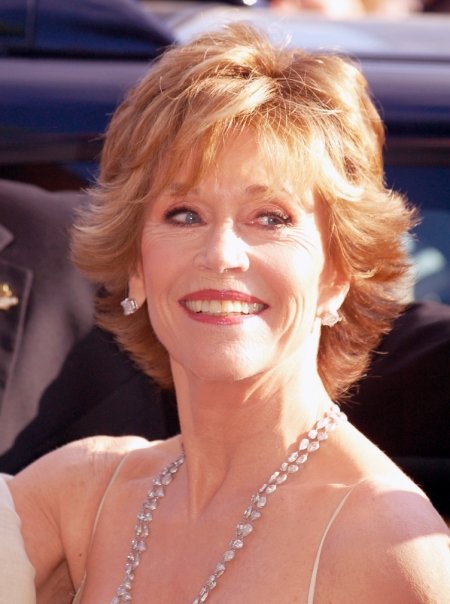
Remember a time before endless videos at your fingertips? It feels like ages ago, right? YouTube, the online video sharing platform that has completely reshaped how we consume media, connect with others, and even create content, has been on an incredible journey since its humble beginnings. It’s truly a story of innovation, unexpected twists, and becoming an undeniable force in pop culture.
From being founded by former PayPal employees to becoming the second-most-visited website globally, YouTube has evolved from a simple video-sharing site into a sprawling ecosystem. It’s a place where you can find everything from the hottest music videos and gaming trends to breaking news and educational content. Seriously, if you can imagine it, it’s probably on YouTube, and it’s probably got a billion views.
So, buckle up, because we’re about to take a deep dive into the fascinating history and incredible evolution of YouTube. We’ll explore its origins, the pivotal moments that shaped it, and some of the coolest features that make it the indispensable platform it is today. Get ready to feel a wave of nostalgia and maybe even learn a few things you didn’t know about this digital giant!
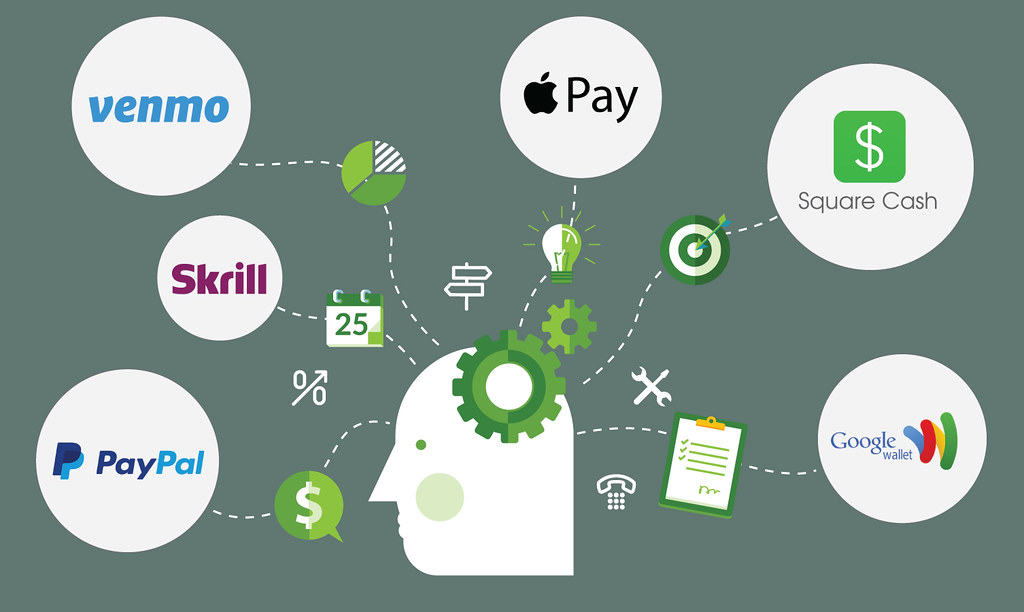
1. **The Genesis: PayPal Founders and a Dinner Party (or lack thereof)**Believe it or not, the idea for YouTube sprung from the minds of three former PayPal employees: Chad Hurley, Jawed Karim, and Steve Chen. These guys had already hit it big after eBay acquired PayPal, giving them the capital and expertise to venture into something new. Hurley, with his design background, and Chen and Karim, with their computer science chops, were a powerhouse trio.
The origin story, as it’s often told, revolves around a dinner party in San Francisco in early 2005, where Hurley and Chen supposedly had trouble sharing videos. However, co-founder Jawed Karim, who didn’t attend the party, has publicly denied this narrative. Chen himself admitted that the “dinner party” story “was probably very strengthened by marketing ideas around creating a story that was very digestible.”
Karim offers a different, perhaps more dramatic, origin. He claimed inspiration came from the infamous Super Bowl XXXVIII halftime show controversy in 2004 and the Indian Ocean tsunami. When he couldn’t easily find video clips of these major events online, the need for a dedicated video-sharing site became crystal clear. Initially, Hurley and Chen even entertained the idea of YouTube being a video version of an online dating service, influenced by Hot or Not. They even posted on Craigslist, offering a $100 reward to attractive women who would upload videos.
Luckily for us, finding enough dating videos proved challenging, and the founders wisely pivoted to accept uploads of any video. YouTube officially registered www.youtube.com in February 2005. Operating as a venture capital-funded tech startup, they quickly secured significant investments, setting up in humble headquarters above a pizzeria and a Japanese restaurant in San Mateo, California.
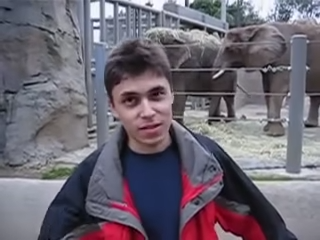
2. **The First Upload and Viral Spark: “Me at the Zoo” and “Lazy Sunday”**The digital world changed forever on April 23, 2005, with the upload of the very first YouTube video. Titled “Me at the zoo,” this iconic 18-second clip features co-founder Jawed Karim standing in front of elephants at the San Diego Zoo. It’s a simple, unpretentious video that, in hindsight, carries immense historical weight, and you can still watch it today.
On the same day “Me at the zoo” went live, YouTube launched its public beta. The site quickly gained traction; by November, a Nike ad featuring Ronaldinho became the first video to ever hit one million total views. This was a huge milestone, showing the potential for mass viewership on this new kind of platform. YouTube officially exited its beta phase in December 2005, already pulling in a staggering 8 million views per day!
A pivotal moment for its early popularity came on December 17, 2005, when NBCUniversal’s *Saturday Night Live* aired a now-legendary sketch: “Lazy Sunday” by The Lonely Island. Unofficial uploads of “Lazy Sunday” to YouTube absolutely exploded, racking up over five million collective views by February 2006. This viral sensation not only boosted SNL’s ratings but also firmly established YouTube as a major player in the online world, despite later copyright removals. These unauthorized uploads served as a massive, accidental marketing campaign, demonstrating YouTube’s incredible reach.
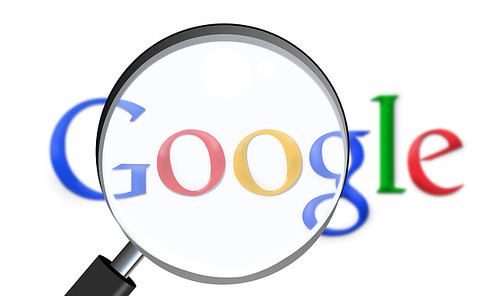
3. **Google’s Billion-Dollar Bet: The Acquisition and “Broadcast Yourself”**The rapid ascent of YouTube didn’t go unnoticed. On October 9, 2006, internet giant Google announced they were acquiring YouTube for a jaw-dropping $1.65 billion in Google stock. The deal finalized on November 13, 2006, sending shockwaves through the tech world and igniting newfound interest in video-sharing sites.
It was during this era that YouTube adopted its incredibly fitting and now-iconic slogan: “Broadcast Yourself.” This simple phrase perfectly encapsulated the platform’s democratic vision – anyone could share their voice and creativity with the world. And they did! The company experienced explosive growth, with *The Daily Telegraph* even reporting in 2007 that YouTube consumed as much bandwidth as the *entire internet* did in 2000.
By 2010, YouTube had cemented its dominance, commanding a market share of around 43% and boasting over 14 billion video views. To further engage its audience, the company simplified its interface that year, aiming to encourage users to spend even more time on the site. The numbers continued to climb. In 2011, over three billion videos were watched daily, with 48 hours of new videos uploaded every minute! YouTube was a content machine, continuously expanding.
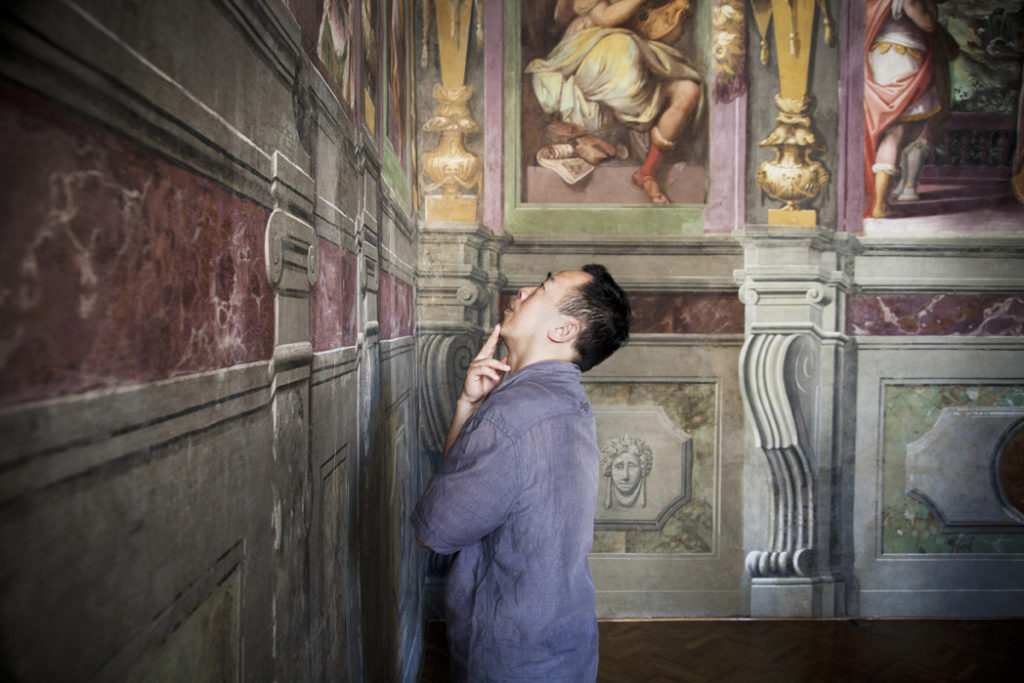
4. **Connecting the World: Watch and Subscribe Features**So, you’ve heard about the origins, now let’s talk about how YouTube became such an essential part of our daily lives, particularly through its core “watch and subscribe” features. If you’re using the official YouTube app on your iPhone or iPad, you’re immediately greeted with a personalized experience designed to keep you watching and exploring. It’s all about making discovery effortless.
First up, there are your personal recommendations on the Home tab. This is YouTube working its magic, using algorithms to suggest videos based on your viewing history, likes, and interests. It’s like having a super-smart friend who always knows exactly what you want to watch next, whether it’s the hottest music video or a deep dive into gaming culture.
Then, there’s the Subscriptions tab, a game-changer for anyone who follows specific creators or channels. This is where you see the latest uploads from all your favorite channels in one convenient spot. It keeps you totally up-to-date with the people and content you care about most, ensuring you never miss a beat.
And for those moments when you want to revisit something amazing, the Library tab is your best friend. Here, you can easily look up videos you’ve watched, liked, and saved for later. It’s your personal archive of YouTube goodness, ensuring no great content ever truly disappears. These simple, yet powerful, features form the backbone of the YouTube viewing experience.
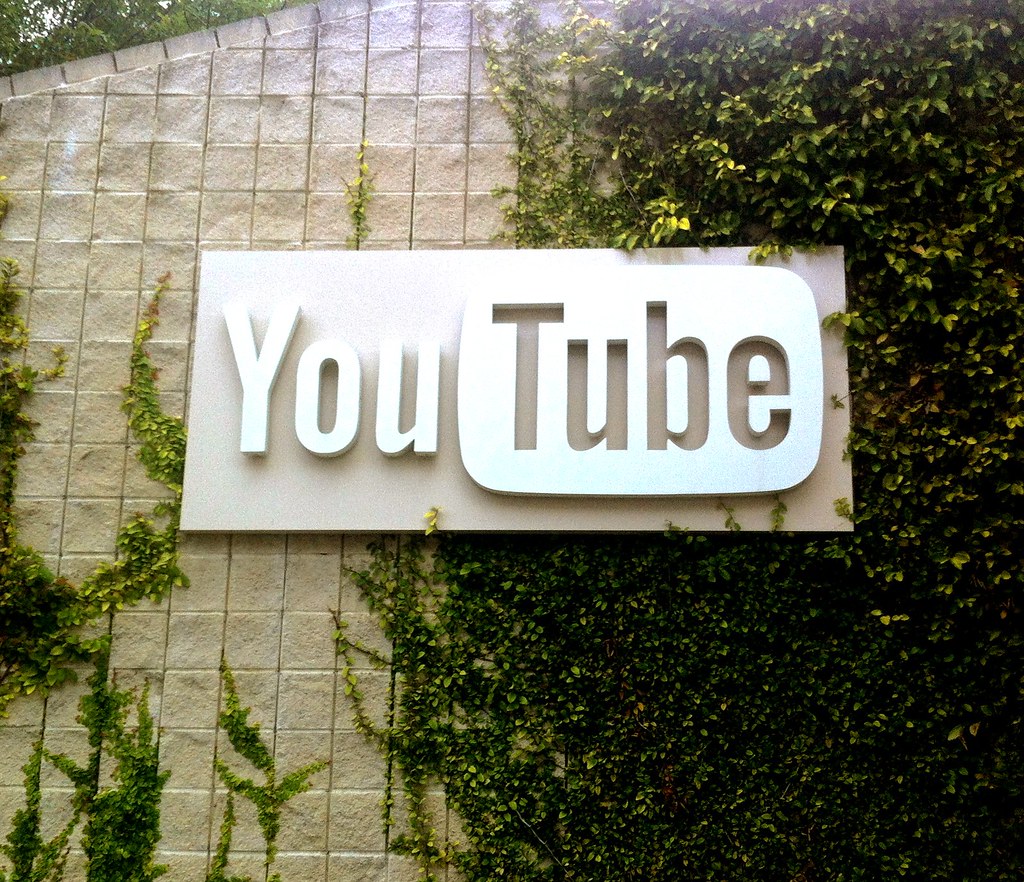
5. **Beyond Viewing: Interacting with the YouTube Community**YouTube isn’t just about passively watching videos; it’s a vibrant, bustling community where interaction is key. The platform has evolved far beyond a simple upload site, becoming a true social hub where creators and viewers connect in meaningful ways. This emphasis on community is one of the main reasons YouTube feels so alive and engaging.
One of the coolest ways to stay plugged into your favorite creators is through their Posts, Stories, Premieres, and Live streams. These features allow creators to share quick updates, behind-the-scenes glimpses, or even host real-time events that bring their audience closer. Posts are like mini-blog entries, keeping fans informed, while Stories offer ephemeral, informal content.
Premieres are an exciting way to watch new videos together with the creator and other fans, creating a shared viewing experience with live chat. And then there are Live streams, perhaps the pinnacle of real-time interaction. Creators can broadcast live, chat with their audience directly, and respond in the moment. It builds an incredible sense of connection.
The conversation doesn’t stop there. YouTube’s robust comment section allows you to join discussions, share your thoughts, and interact directly with creators and other community members. It’s a place for praise, debate, and laughter. Fundamentally, it’s where ideas are exchanged and connections are forged, adding another layer of depth to the viewing experience.
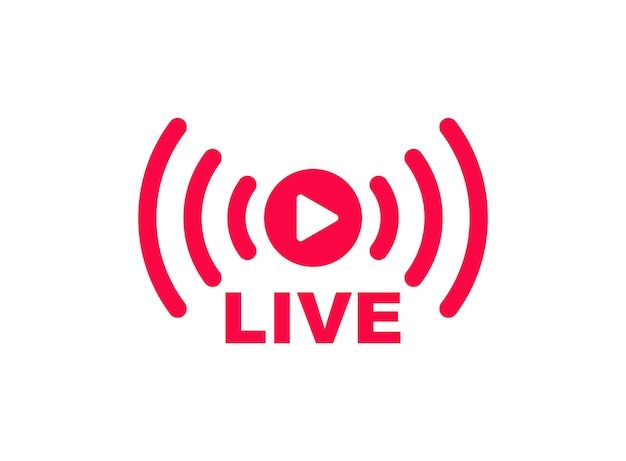
6. **Becoming a Creator: Mobile Content Creation and Live Streaming**Ever dreamed of being a YouTuber? The platform has made it incredibly easy, even if all you have is your mobile device. YouTube understands that not everyone has a fancy studio or expensive equipment, and they’ve empowered millions to “Broadcast Yourself” directly from their smartphones or tablets. It’s truly democratized content creation.
You can create or upload your own videos directly within the app, which is super convenient. Whether you’re filming a quick vlog or a cooking tutorial, the YouTube app provides intuitive tools to get your content from your phone to the world. This low barrier to entry means anyone with a story to tell can jump in and start building an audience.
But it gets even better. YouTube also allows you to engage with your audience in real-time with live streaming, right from the app itself. This is huge! Imagine being able to share a breaking news update or host a Q&A session, all live and unscripted. This feature creates an immediate, unfiltered connection with your viewers, fostering a sense of authenticity. This mobile-first approach has been a game-changer.

7. **Tailored Experiences: YouTube Kids and Family Options**YouTube knows that one size doesn’t fit all, especially when it comes to families and younger viewers. Recognizing diverse needs, the platform has created tailored experiences to ensure safety and age-appropriateness. It’s all about finding the right fit for you and your family, making YouTube a safer and more enjoyable space for everyone.
The most prominent solution for younger audiences is the dedicated YouTube Kids app, launched in February 2015. This app was developed in response to parental and government scrutiny over content for children. It’s designed to provide an experience optimized specifically for kids, complete with a simplified user interface.
YouTube Kids features carefully curated selections of channels, ensuring content is age-appropriate for different groupings – whether it’s under 13, 8, or 5, depending on parental settings. This means parents can breathe easier knowing their children are watching suitable videos. It’s a walled garden of kid-friendly fun.
Beyond the dedicated app, YouTube has also introduced a new parent-supervised experience on the main platform, detailed at youtube.com/myfamily. This option caters to families who prefer their tweens and teens to gradually transition to the full YouTube experience, but with parental oversight. YouTube provides flexible solutions that empower parents for their children’s digital journey.
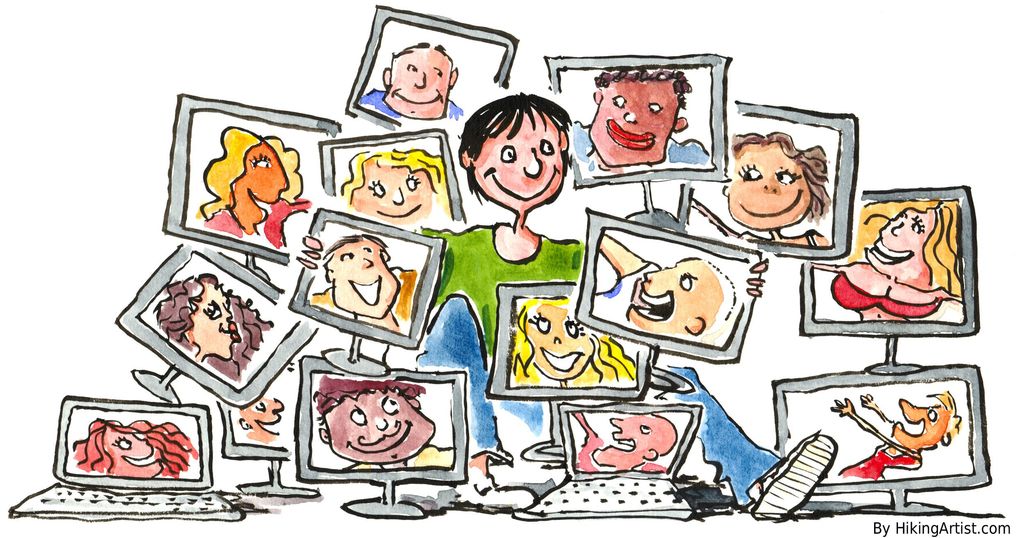
8. **Powering the Platform: Monetization and the Creator Economy**Alright, so YouTube wasn’t just about sharing cat videos and viral sketches for fun forever! The platform truly took off once it figured out how to make money—not just for itself, but for the incredible creators who were bringing all that amazing content to life. This is where Google’s expertise really kicked in, expanding YouTube’s business model beyond simple ads.
Google brought in its powerful AdSense program, which was a game-changer. It meant that both YouTube and its approved content creators could start earning serious dough from advertisements displayed on videos. Imagine creating something you love, sharing it with the world, and then actually getting paid for it—that’s the magic AdSense unlocked for millions.
And it wasn’t just about the ads on videos anymore. YouTube started exploring all sorts of cool ways to generate revenue. We’re talking about offering paid content such as movies and exclusive content explicitly produced for YouTube. This diversification was key, showing that video sharing could be a sustainable and highly profitable venture. The numbers speak for themselves: in 2023 alone, YouTube’s advertising revenue hit an incredible $31.7 billion, a 2% increase from the $31.1 billion reported in 2022. Even more impressively, from Q4 2023 to Q3 2024, the combined revenue from advertising and subscriptions soared past $50 billion! That’s a whole lot of creative economy fuel right there.
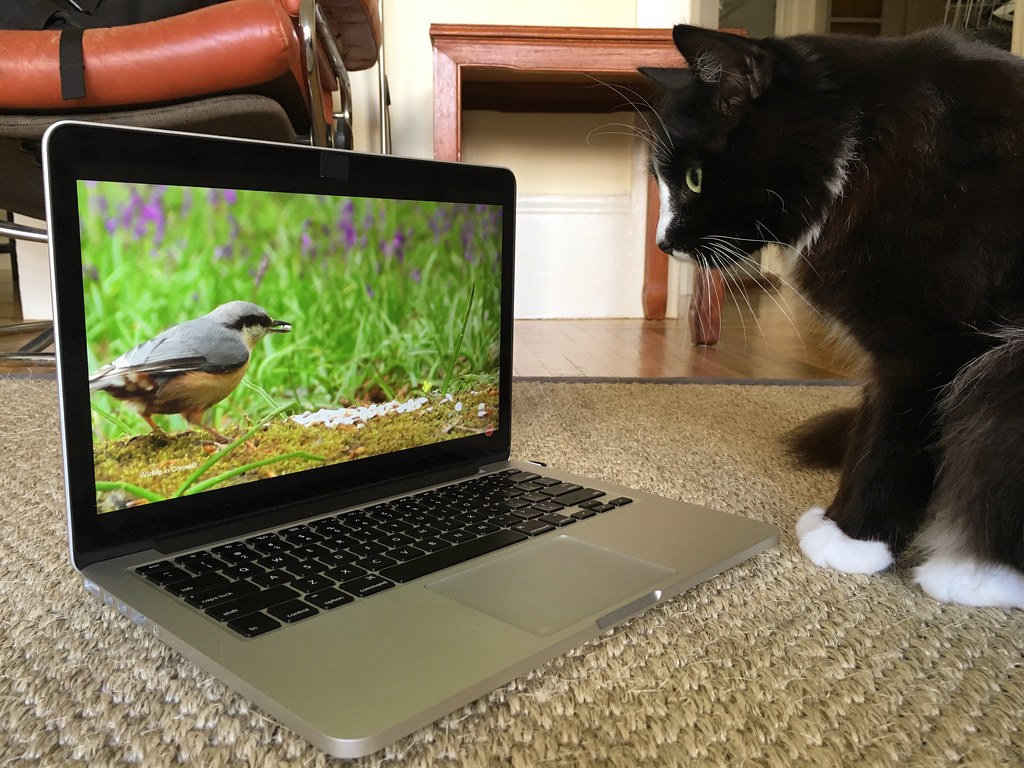
9. **Elevating the Experience: YouTube Premium and Channel Memberships**Beyond the standard ad-supported model, YouTube also cooked up some fantastic premium services to give users even more control and exclusive access. Enter YouTube Premium, which you might remember as “Music Key” or “YouTube Red” if you’ve been around for a while. This paid subscription option completely changes the game for how you experience content.
With YouTube Premium, you can wave goodbye to those pesky ads—yes, videos play uninterrupted, which is a dream come true for binge-watchers! But it’s not just about ad-free viewing. Subscribers also get access to original programming, premium original series, and films produced by YouTube personalities, giving you a whole new world of content to explore. Plus, it offers awesome perks like background playback of content on mobile devices (so you can listen to a podcast or music while doing other things) and the ability to save videos for offline viewing—perfect for plane rides or your daily commute. You even get access to YouTube Music Premium as part of your benefits!
But wait, there’s more! YouTube also introduced other fantastic ways to support your favorite creators directly. Think about Super Chat, launched in 2017, which allows viewers to donate between $1 and $500 to have their comment highlighted during live streams. And then there are Channel Memberships, where you can join channels that offer paid monthly subscriptions and support their work. This gets you access to exclusive perks from the channel and makes you part of a special members-only community, complete with a loyalty badge next to your username in comments and live chats. It’s a brilliant way to deepen the connection between creators and their most loyal fans.

10. **Guarding the Creative Garden: The Content ID System**With billions of videos being uploaded, copyright became a massive challenge for YouTube. How do you protect original content while also being an open platform for creation? The answer came in the form of a groundbreaking technological solution: Content ID. This system was a game-changer, especially after early controversies like the “Lazy Sunday” sketch being removed due to copyright concerns. At the time of uploading a video, YouTube users are even shown a message asking them not to violate copyright laws.
YouTube began trials for this automatic detection system back in June 2007, originally called “Video Identification.” The goal was clear: resolve lawsuits from big players like Viacom, who alleged that YouTube profited from content it did not have the right to distribute. Content ID works by creating a unique “ID File” for copyrighted audio and video material and storing it in a database. When a new video is uploaded, it’s automatically checked against this database, and flags the video as a copyright violation if a match is found.
What happens next is up to the content owner. They have several choices: they can choose to block the infringing video, making it unviewable; they can track the viewing statistics of the video; or, perhaps most importantly for the creator economy, they can choose to add advertisements to the video. This system has been “surprisingly resilient,” as an independent test in 2009 uploaded multiple versions of the same song to YouTube concluded, especially for identifying copyrighted audio tracks, though it was not infallible.
While incredibly powerful, Content ID hasn’t been without its controversies. Some argue that because it’s an automated system, it doesn’t always account for “fair use”—situations where copyrighted material can be legally used for purposes like commentary, criticism, news reporting, or parody. If a YouTube user disagrees with a Content ID decision, they can fill in a form disputing the decision. Interestingly, since April 2016, videos continue to be monetized during a dispute, and the money goes to whoever wins the dispute. The effectiveness of Content ID was so significant that it even allowed YouTube to modify its rules in December 2010 to permit some users to upload videos of unlimited length, knowing the system was there to help manage rights.
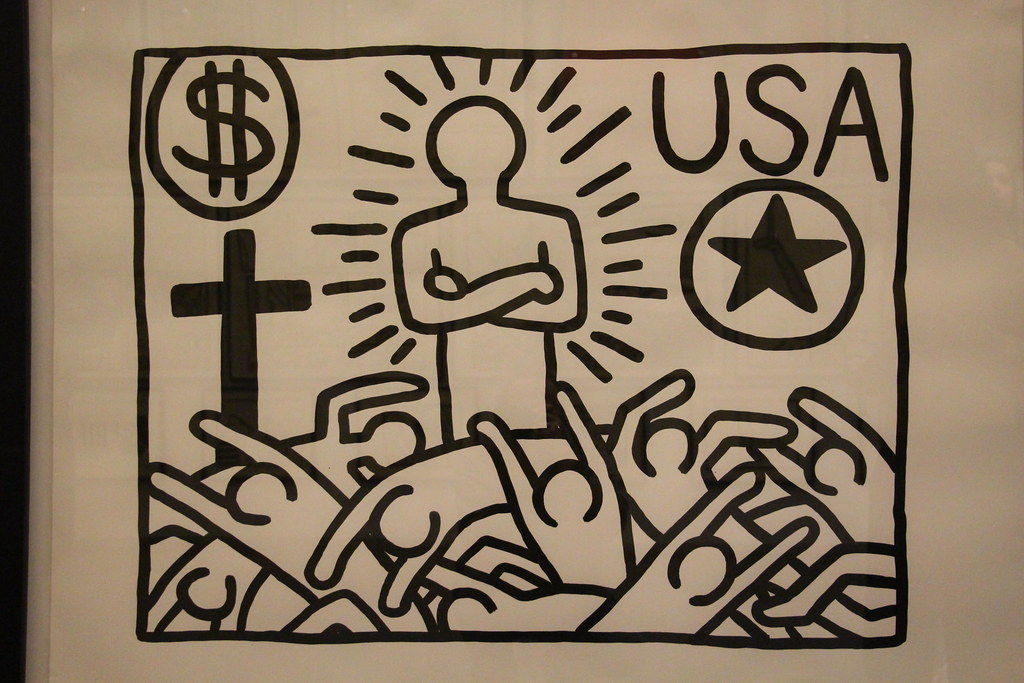
11. **Navigating the Political Minefield: Global Controversies and Censorship**YouTube, being a global platform, has often found itself at the crossroads of international politics and censorship debates. It’s not just about copyright; it’s about navigating the incredibly complex landscape of national laws, differing free speech interpretations, and geopolitical tensions. These challenges have truly tested YouTube’s commitment to its “Broadcast Yourself” ethos.
One of the most prominent recent examples involves Russia. In 2021, two accounts linked to RT DE, the German channel of the Russian state-owned RT network, were removed for breaching YouTube’s policies relating to COVID-19. This sparked a strong reaction, with Russia threatening to ban YouTube. Following the Russian invasion of Ukraine in 2022, YouTube took an even bolder stance, removing all channels funded by the Russian state. This expanded to include channels described as ‘pro-Russian,’ such as the War Gonzo channel run by Russian military blogger and journalist Semyon Pegov, which was deleted in June 2022. In July 2023, the channel of British journalist Graham Phillips, active in covering the war in Donbas, was also removed.
These actions, understandably, led to significant pushback from Russia. In August 2023, a Moscow court fined Google 3 million rubles, around $35,000, for not deleting what it said was “fake news about the war in Ukraine.” The fines escalated dramatically in October 2024, when a Russian court fined Google 2 undecillion rubles (equivalent to US$20 decillion) for restricting Russian state media channels on YouTube. Kremlin spokesperson Dmitry Peskov, while labeling the court decision as “symbolic,” warned Google that it “should not be restricting the actions of our broadcasters on its platform.” These incidents highlight the immense pressure YouTube faces as it tries to uphold its platform guidelines while operating across diverse political environments.
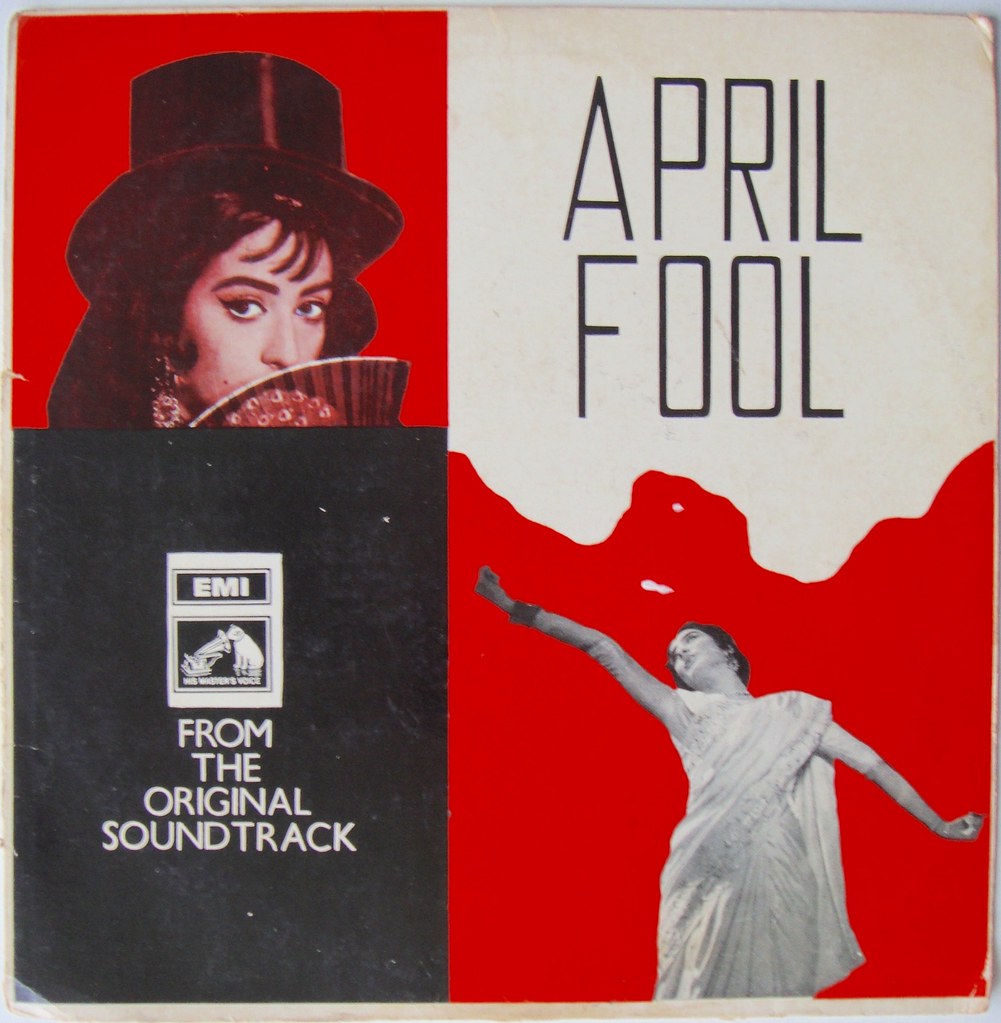
12. **The Lighter Side: YouTube’s Iconic April Fools’ Gags**Despite all the serious business, growth, and controversies, YouTube has always had a fantastic sense of humor! For nearly a decade, from 2008 to 2016, April Fools’ Day was a special occasion for the platform to unleash some truly iconic and often hilarious pranks on its unsuspecting users. It was a delightful way to show off a playful side and connect with the community.
Remember 2008? That’s when YouTube introduced the world to “rickrolling” on a massive scale! All links to videos on the main page were cunningly redirected to Rick Astley’s timeless music video “Never Gonna Give You Up.” It was genius, frustrating, and absolutely unforgettable. The next year, just for kicks, when clicking on a video on the main page, the whole page turned upside down, with YouTube cheekily claiming it was a “new layout.” Classic!
They kept the laughs coming year after year. In 2010, we got “TEXTp” mode, which rendered all video imagery into ASCII art letters, supposedly “in order to reduce bandwidth costs by $1 per second.” In 2011, the site celebrated its “100th anniversary” with a range of sepia-toned, silent, early 1900s-style films, including a parody of the legendary Keyboard Cat. And who could forget 2013, when YouTube teamed up with satirical newspaper company The Onion to claim in an uploaded video that the video-sharing website was launched as a contest which had finally come to an end, and would shut down for ten years before being re-launched in 2023, featuring only the winning video? It even starred several YouTube celebrities, including Antoine Dodson, and featured a live stream of two presenters announcing the nominated videos! These pranks showed that even a giant tech company could have a bit of fun.
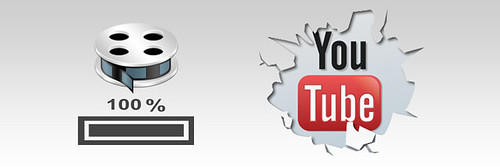
13. **The Wojcicki Era: Expansion, Innovation, and Tough Decisions (2014-2023)**From February 2014 to early 2023, YouTube was led by CEO Susan Wojcicki, a period marked by significant expansion, innovative service introductions, and navigating some truly complex challenges. Her leadership saw YouTube solidify its position not just as a video-sharing site, but as a comprehensive media and entertainment powerhouse.
Under Wojcicki’s tenure, YouTube continued to evolve its core user interface, officially launching the “polymer” redesign of its user interfaces based on Material Design language as its default, as well as a redesigned logo that is built around the service’s play button emblem in August 2017. This was also the era of major new revenue streams beyond traditional advertising, with the launch of a pilot program for premium, subscription-based channels in 2013, which evolved into US$4.99 channel subscriptions in June 2018. We also saw the birth of “Music Key” in 2014, which later became YouTube Red in 2015, and then YouTube Premium, offering ad-free content, original series, and background playback, alongside the YouTube Music app.
Beyond monetization, Wojcicki’s leadership addressed critical areas like child safety and new content formats. The YouTube Kids app, launched in 2015, provided a much-needed optimized experience for children with curated content and parental controls, followed by a new parent-supervised experience on the main platform in 2021. The company also introduced YouTube Shorts to compete with the rising popularity of short-form video platforms. However, this period also saw controversy, particularly around the November 2021 decision to remove public dislike counts on videos, which YouTube claimed was to combat cyberbullying and brigading. Co-founder Jawed Karim openly criticized this, calling it “a stupid idea” and expressing concerns about hindering users’ ability to identify harmful content through “the wisdom of the crowds.” Wojcicki, however, stood by the decision, reiterating that “it reduced dislike attacks,” showcasing the difficult balance between user experience and platform governance.
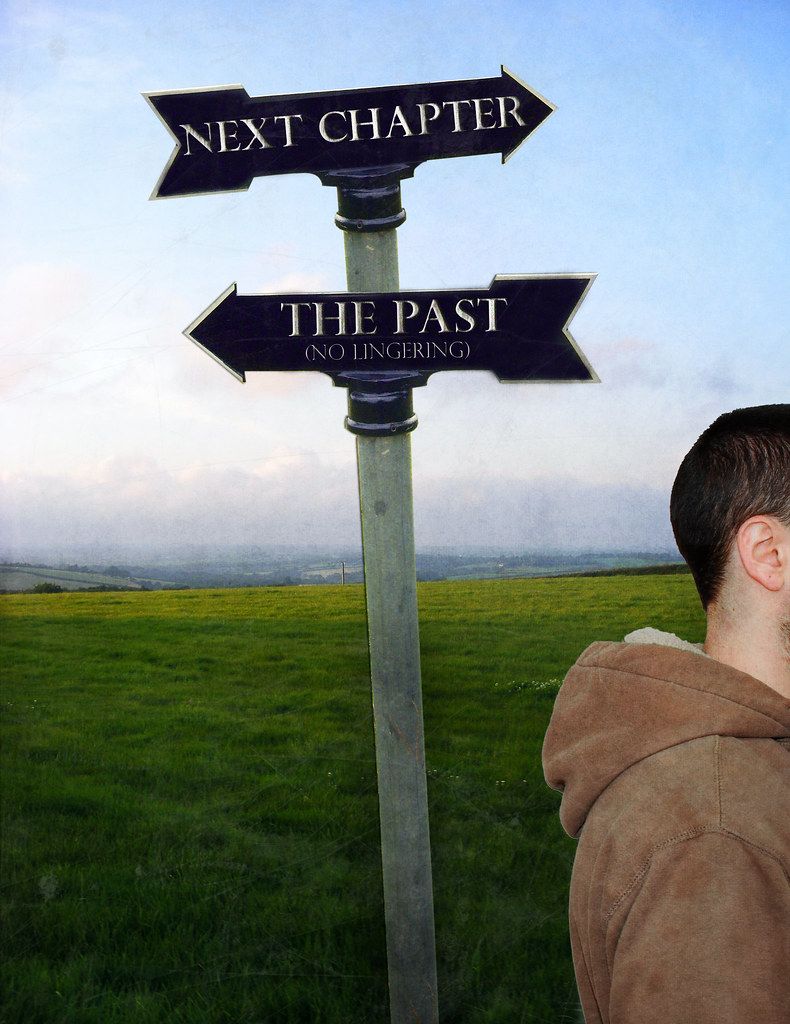
14. **The Mohan Era: Next-Gen Features and Upholding Guidelines (2023-Present)**In February 2023, Neal Mohan stepped into the CEO role, ushering in a new chapter for YouTube focused on continued innovation, tighter platform enforcement, and exploring fresh avenues for user engagement. His tenure has already seen some significant shifts, particularly in how the platform addresses advertising and expands its entertainment offerings.
One of the most notable developments under Mohan’s leadership has been YouTube’s aggressive crackdown on ad blockers. Starting in late October 2023, users with ad blockers began receiving pop-up warnings, with YouTube explicitly stating that using ad blockers violates its terms of service. This intensified in April 2024, when YouTube announced it would be “strengthening our enforcement on third-party apps that violate YouTube’s Terms of Service, specifically ad-blocking apps.” Around the same time, YouTube started using server-side ad injection, which allows the platform to inject the ads directly into the video, making them much harder to block. It’s a clear move to reinforce the platform’s advertising-based business model.
But it’s not all about enforcement! Mohan’s era has also brought exciting new features, like “Playables,” an in-app gaming platform launched in September 2023 and made accessible to all users by May 2024. As of December 2024, the Playables catalog has over 130 games in various genres, including trivia, action, and sports, and the company began testing a new multiplayer feature. Additionally, YouTube introduced new guidelines in December 2024 prohibiting videos with clickbait titles to enhance content quality and combat misinformation, with penalties ranging from video removal to channel suspension. These changes, alongside trials for “age assurance” policies in the US starting July 30, 2025, to restrict content for assumed minors, demonstrate a platform continually adapting to its vast user base and evolving digital landscape, even celebrating its 20th anniversary on February 14, 2025!
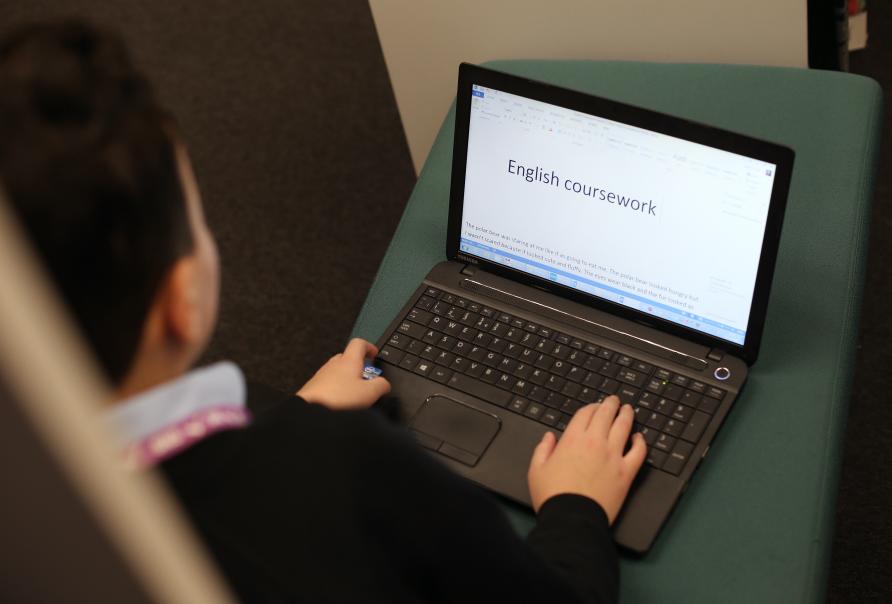
15. **Looking Ahead: YouTube’s Enduring Impact and Future Frontiers**So, here we are, after a whirlwind tour of YouTube’s incredible journey, from its humble beginnings above a pizzeria to becoming the second-most-visited website on Earth. It’s truly astonishing to reflect on how this platform has not only redefined how we consume media but has also left an unprecedented social impact, influencing popular culture, shaping internet trends, and even creating a whole new breed of multimillionaire celebrities.
YouTube’s ability to “Broadcast Yourself” has empowered countless individuals, fostering a vibrant creator economy that contributes billions to global economies and supports tens of thousands of jobs. It’s a place where diverse voices can find an audience, where niche interests thrive, and where anyone with a camera and an idea can potentially reach millions. The platform has become a fundamental part of our collective consciousness, a digital town square, library, and entertainment venue all rolled into one.
However, its journey is far from over, and with great power comes great responsibility. YouTube continues to grapple with monumental challenges: from combating the spread of misinformation and protecting against copyrighted content to safeguarding user privacy and ensuring the well-being of children. The constant evolution of technology, user expectations, and global regulatory landscapes means YouTube will always be on the frontier, navigating new complexities. Yet, its capacity for innovation, its commitment to connecting people, and its undeniable cultural footprint suggest that YouTube will remain an indispensable force, continuing to shape our digital lives for many years to come. It’s been an epic ride, and we can’t wait to see what’s next!

